Communication
Course List
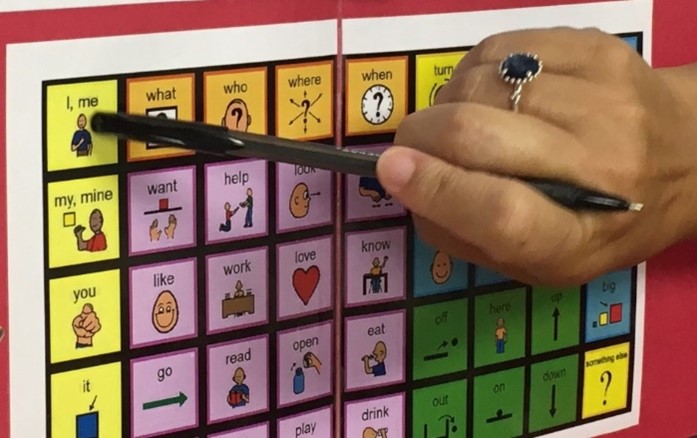
Join Neave in this 1- hour call to action. No student should leave school without communication. Neave explains why communication is important, and what options are available to students.
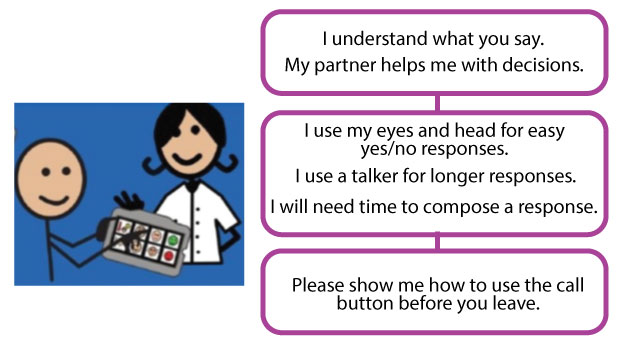
Join Leo as you discuss what AAC is, and how to best support transitioning youth who need additional communication supports. 1 hour of content, includes reflection and quiz questions. This course is designed for audiences who work with or support teen-age youth and adults who use Augmentative Alternative Communication (AAC)or should use AAC. It is never to early or too late to introduce AAC to persons who are non-speaking and need alternatives.
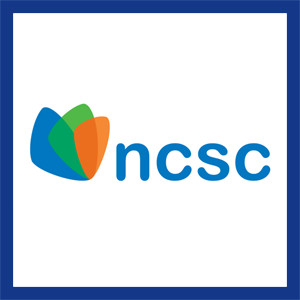
This series of professional development modules focuses on basic elements of supporting communication and language development in students who do not use oral speech and who also may have intellectual disabilities.
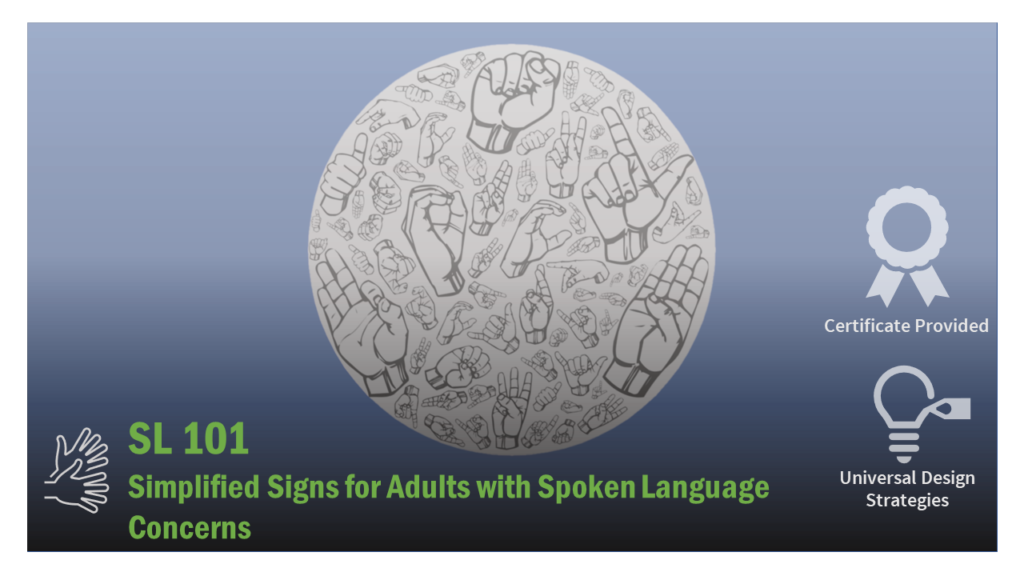
Course Description:
Signing can be a vital means of communication for individuals with impairments or communication issues as an adult. Simplified Signs is not the same as American Sign Language, it is a system of manual sign communication for populations who have had limited success mastering spoken or full sign language. Throughout this course, we will review the reasons individuals could benefit from simplified signs, ways to implement simplified signs, and the opportunity to practice using simplified signs.
Please note there are several reflection points throughout the course including a final reflection scenario that will be reviewed by the course facilitator. This assignment must be reviewed and completed satisfactorily prior to the course being complete and accessing a certificate of completion.
Thanks to a generous donation from the family of John Bonvillian, this course is free for a limited time.
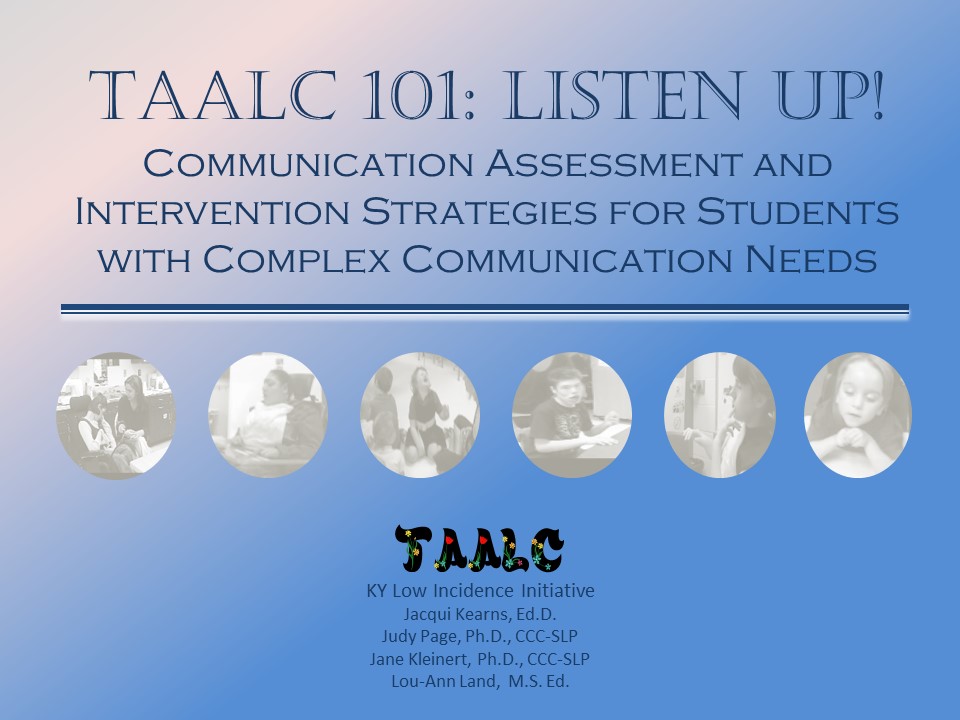
Communication should be the FIRST consideration in determining specially designed instruction for students. The Listen UP series of modules was created to equip school teams and families with the skills needed to increase a student’s communicative abilities through assessment, intervention and AAC options.
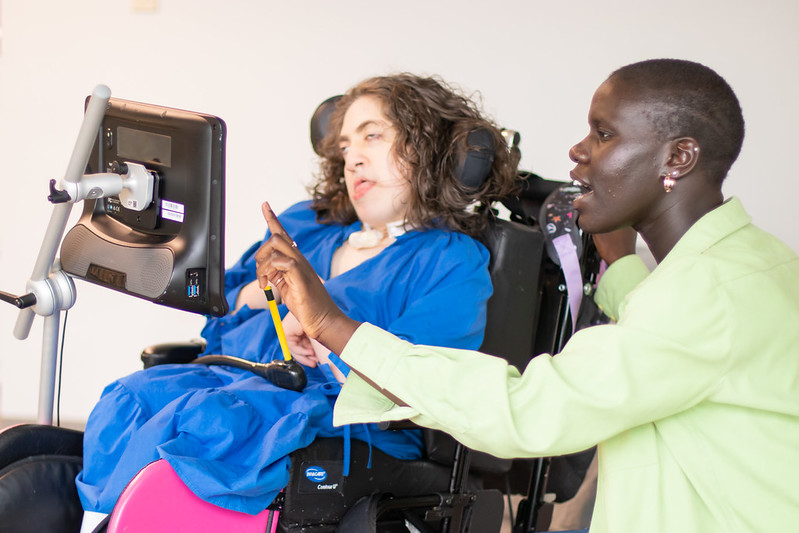
Peer relationships in school can enhance students’ communication, academic engagement, and learning within and beyond the classroom. Students with complex communication challenges may need extra support to develop peer bonds. Join language arts teacher Marcus and special ed co-teacher Sonja, as they discuss how to implement peer-mediated strategies for non- or minimally speaking students.
